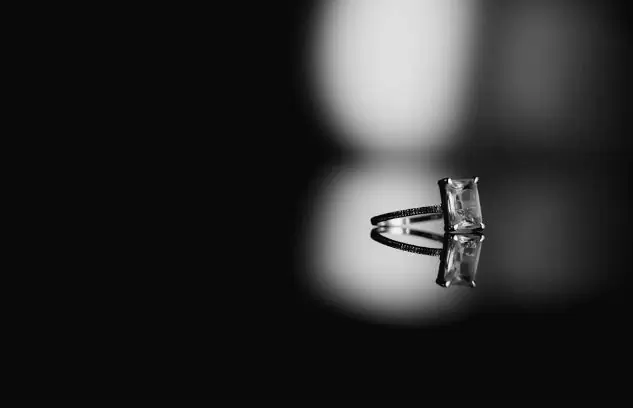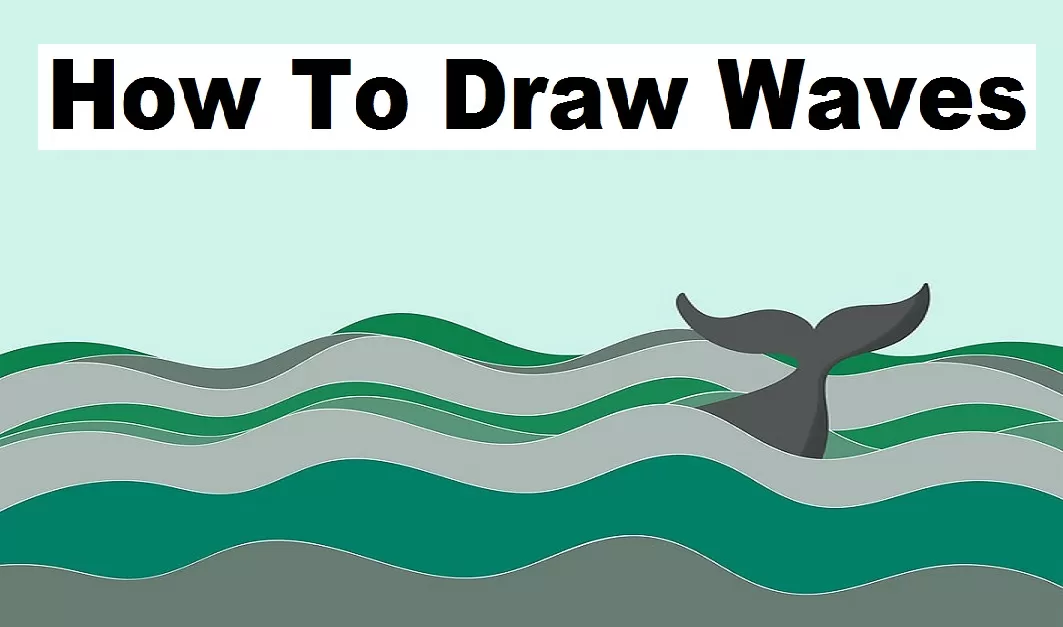How To Draw Ocean Waves
Waves are one of the fascinating phenomena in nature. They can be found everywhere, from the ocean to the air we breathe. Waves are disturbances that travel through a medium, such as water or air. They are caused by various factors, including wind, earthquakes, and even human activity, like boat traffic.
In general, waves form when energy is transferred from one point to another through a medium. When this happens, the particles in the medium begin to vibrate and move back and forth in a repeating pattern. As these vibrations spread outwards from their source, they create what we know as waves.
There is much we can learn from studying waves. For example, understanding how different types of waves behave can help us predict natural disasters like tsunamis or hurricanes. Additionally, many fields of science rely on knowledge about wave behavior – from astronomy to acoustics – making it an important area of study for anyone interested in scientific research or engineering design. Drawing waves may seem like a simple exercise in artistry, but it also requires some knowledge about their characteristics and properties, making it even more interesting!
How to draw ocean waves
Drawing ocean waves can be challenging, but it is also one of the most rewarding subjects to master. The key to drawing waves is understanding their structure and movement. Start by observing photographs or videos of waves in motion and study how they form, rise, and break. Please take note of their shapes, sizes, and patterns.
Next, begin sketching the basic shape of the wave using light pencil strokes. Please pay attention to the curve of the crest and trough as well as the angle of the wave itself. Once you have a rough outline, add details such as foam and spray around the edges where it meets with sand or rocks.
As you progress through your drawing process, remember to build up layers slowly using different shades or colors to create depth and dimensionality in your artwork. In conclusion, creating realistic ocean waves requires patience, practice, observation skills, and good technique – but with these tips in mind, anyone can learn how to capture this natural wonder on paper!
How to draw sea waves
To draw sea waves, start by sketching the basic shape of a wave. A wave is essentially an up-and-down motion in the water, so try to capture that in your initial drawing. Once you have the basic shape, add more details, such as foam on top of the wave and shadows underneath it. You can also add varying shades to make it look as though the sun is hitting certain parts of the wave.
When drawing multiple waves together, remember that they should all be different shapes and sizes. Waves are never uniform or predictable when at sea, so mix their shapes and heights for a more realistic scene. Another important detail to consider when drawing sea waves is wind direction – this will affect how the waves move and crash onto the shore.
Drawing sea waves takes practice, but with these tips in mind, you can create a beautiful ocean scene that captures the essence of one of nature’s most powerful forces.
What are the basic steps for drawing waves?
To draw waves, the first step is to start with a pencil sketch of the basic shape of the wave. It can be done by drawing a curved line for the wave’s crest and another for its trough. It’s important to remember that waves are never completely symmetrical, so these lines should be drawn with some variation.
Next, add more detail to your sketch by adding smaller curves and lines within the larger ones you drew. These will represent the foam and texture of the water around the wave. Pay attention to how light reflects off each part of your drawing; this will help you create contrast between shadows and highlights.
Finally, once you’re happy with your pencil sketch, use ink or another medium to trace over it and finalize your drawing. You can add color using markers or paint if desired. Remember that practice makes perfect when it comes to drawing waves – don’t get discouraged if your first attempts aren’t exactly what you had in mind!
How can I practice drawing waves?
Start with the basics
Before diving into drawing waves, it’s important to have a good understanding of basic shapes and forms. Practice creating simple shapes such as circles, triangles, and squares to help develop your skills in proportion and perspective.
Find references
Observing real-life waves or looking at images online can be excellent reference points for creating realistic wave illustrations. Pay attention to these natural phenomena’ different textures, colors, and lighting.
Experiment with line work
Drawing lines is essential to wave illustration since they create movement and depth in the image. Experiment with different line styles, such as thick or thin lines, curvy or straight lines, and vary their placement to create different effects.
Add shading
Shading helps emphasize the three-dimensional qualities of a wave illustration by adding light and shadow to specific parts of the image. Play around with different techniques like cross-hatching or stippling to add texture and depth to your drawing.
Practice consistently
Like any skill, consistent practice is key to improving your abilities in wave illustration. Set aside time dedicated to practicing your craft each day or week – this could be as little as 10 minutes a day! Over time you will notice significant improvements in your technique, which will help bring your wave illustrations to life on paper or screen!
FAQs
What are some common mistakes to avoid when drawing waves?
One common mistake is to draw the waves too symmetrical. In reality, ocean waves are rarely perfectly symmetrical and have a more organic shape. Another mistake is forgetting about the foam and spray at the top of breaking waves. It adds depth and realism to your drawing.
What materials do I need to draw realistic waves?
You’ll need a pencil and eraser for sketching out your design and paper or a sketchbook to work on. You can also use colored pencils or paint to add color or shading. It may be helpful to look up reference images of real-life waves for inspiration and accuracy in your drawing.










